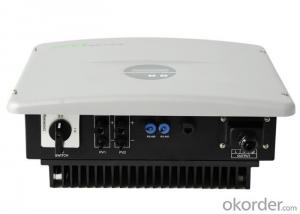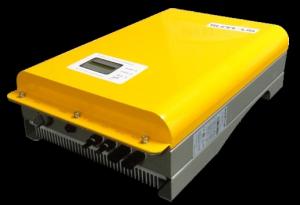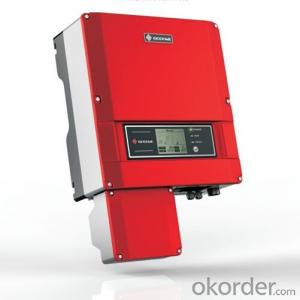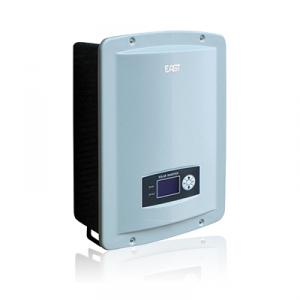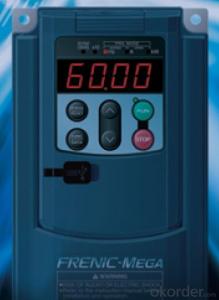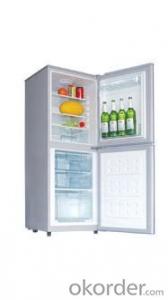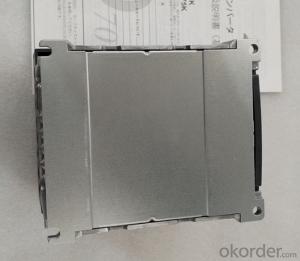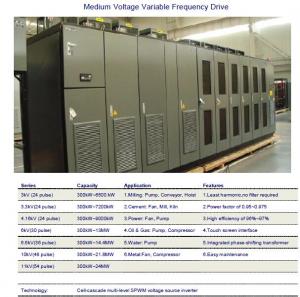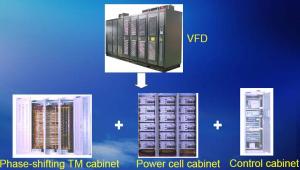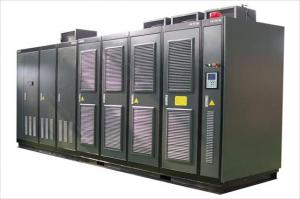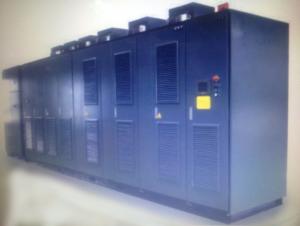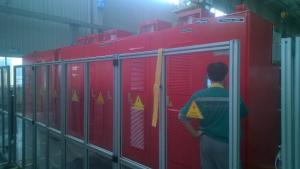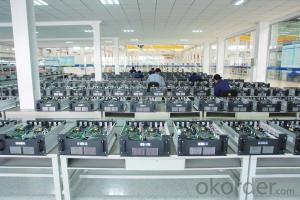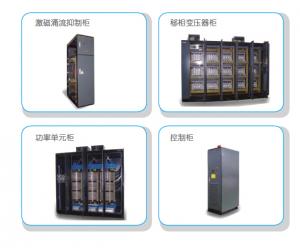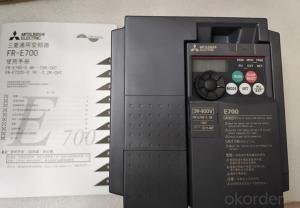Fronius Primo Solar Inverter
Fronius Primo Solar Inverter Related Searches
Fronius Solar Inverter Fronius Solar Power Inverter Solar Fronius Inverter Fronius Hybrid Solar Inverter Fronius Solar Hybrid Inverter Fronius Inverter Solar System Solar Inverter Fronius Price Fronius 3 Phase Solar Inverter Fronius Solar Inverter Price Fronius Solar Inverter 3kw Fronius Solar Inverter 10 Kw Frontier Solar Inverter Solar First Inverter Proton Solar Inverter Phocos Solar Inverter Prostar Solar Inverter Flin Energy Solar Inverter Pro Solar Inverter Flyline Solar Inverter Magnum Solar Inverter Microtek Solar Inverter Solar Pro Inverter Magnum Energy Solar Inverter Magnum Inverter Solar Freesun Solar Inverter Falcon Solar Inverter First Solar Inverter Renovo Solar Inverter Micro Solar Inverter Omnik Solar InverterFronius Primo Solar Inverter Supplier & Manufacturer from China
Fronius Primo Solar Inverter is a cutting-edge product designed for the efficient conversion of solar energy into usable electrical power. This advanced inverter is equipped with innovative features that ensure maximum energy yield and seamless integration with various solar panel systems. The Fronius Primo Solar Inverter is engineered to cater to the needs of residential and commercial solar power installations, providing reliable and efficient energy conversion.The Fronius Primo Solar Inverter is widely used in various applications, such as rooftop solar systems, off-grid solar power setups, and grid-tied solar energy systems. Its compact design and user-friendly interface make it an ideal choice for homeowners and businesses looking to harness the power of the sun. The inverter's advanced technology ensures minimal power loss and optimal performance, making it a popular choice among solar energy enthusiasts and professionals alike.
Okorder.com is a leading wholesale supplier of the Fronius Primo Solar Inverter, boasting a large inventory to cater to the growing demand for this high-quality product. As a trusted distributor, Okorder.com offers competitive prices and reliable shipping options, ensuring that customers receive their Fronius Primo Solar Inverter orders promptly and in excellent condition. By partnering with Okorder.com, customers can enjoy the benefits of a robust and efficient solar energy system, backed by the expertise and support of a reputable supplier.
Hot Products












